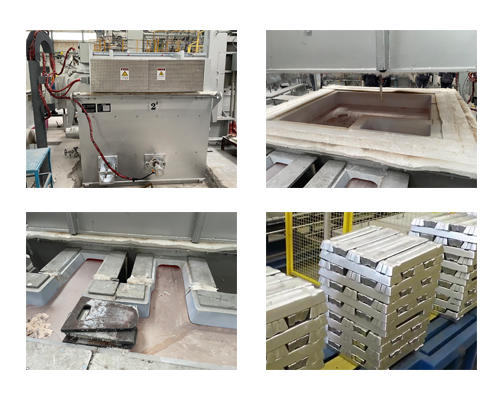Recycled aluminum alloy contains more metal and non-metal impurities and must be further refined. Refining methods include filtration, gas refining, flux refining, vacuum refining, and oxidation refining. The first four methods are used to remove non-metal impurities, and the latter method is used to remove metal impurities.
When the regenerated aluminum alloy melt is cooled, the solubility of the gas is reduced, and the gas hydrogen originally dissolved in the melt is separated out in separate phases, which mainly form pores in the casting, which will reduce the mechanical properties of the casting. In addition, the solid non-metallic impurity alumina is distributed on the grain boundaries, which will also reduce the mechanical properties of the alloy. In order to make the performance of the regenerated alloy not much different from the performance of the alloy prepared by the primary metal, it is necessary to refining to remove the impurities in the alloy.
Non-metallic Impurities Refining Methods
(1) Filter. In this method, the aluminum alloy melt is passed through filter equipment to remove impurities. When the alloy melt passes through the filter, the solid particles and the filter are adsorbed and blocked, and removed.
(2) Gas refining. That is, chlorine and nitrogen are introduced into the slag during refining. When the introduced gas is diffused into the melt, the hydrogen originally dissolved in the alloy liquid diffuses into the small bubbles of the injected gas, and degassing occurs, and at the same time oxides and other insoluble impurities are removed. Just like flotation, the gas is adsorbed on solid inclusions and then floats to the surface of the melt.
(3) Flux refining. In this method, the alloy melt is treated with a salt flux to remove gas and non-metallic inclusions in the melt. Commonly used salts include cryolite powder and various metal halides. After they enter the aluminum melt as a flux, they generate aluminum halide gas and escape.
(4) Vacuum refining method. In this method, the aluminum melt is degassed for 20 minutes under a vacuum of 400-500 Pa to remove hydrogen from the aluminum melt.

